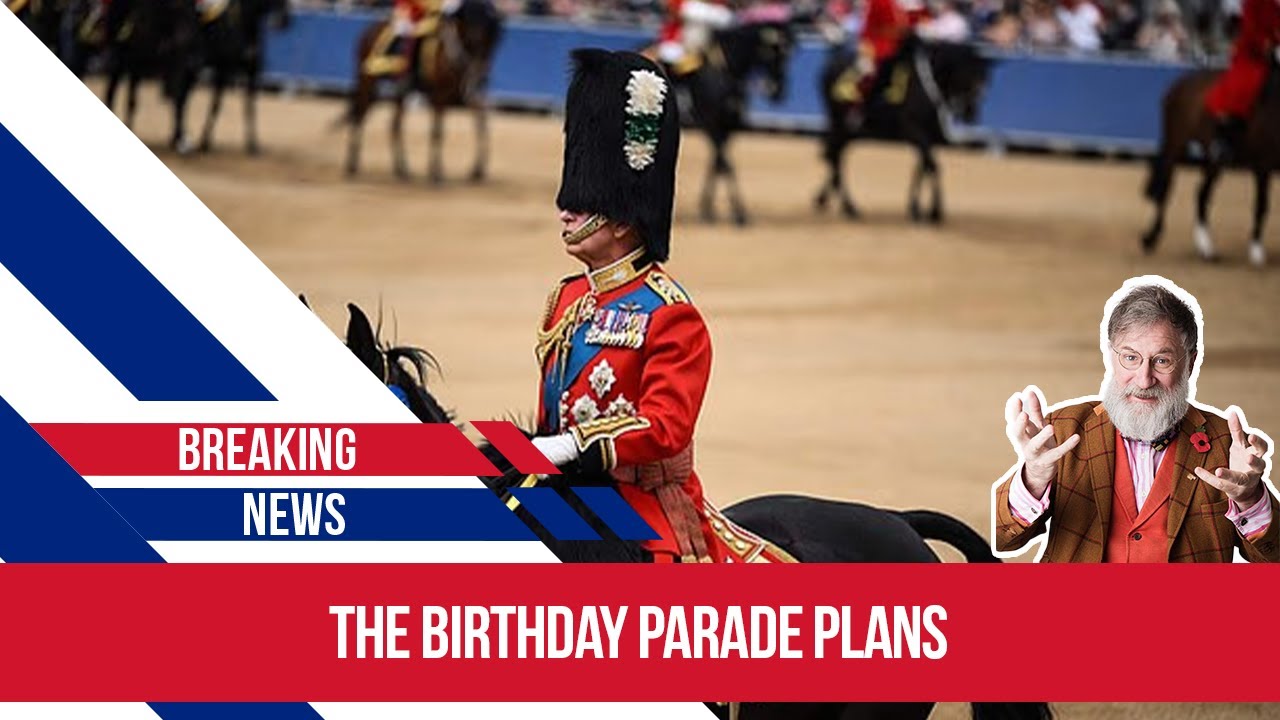King Charles will participate in next Saturday’s Trooping of the Colour parade by traveling in a carriage instead of riding on horseback, due to health reasons, symbolizing stability and continuity in monarchy. This choice reflects his focus on service, resilience, and adapting traditions amid personal challenges, embodying enduring values of humility and strength.
The upcoming Trooping of the Colour parade on Saturday will feature a notable change in tradition for King Charles. Unlike previous years, he will travel in a carriage rather than riding on horseback, a decision driven by medical necessity but imbued with symbolism. Historically, British monarchs and Queen Elizabeth II in particular, who rode on horseback for 18 years, used riding as a symbol of power and leadership. The shift to a carriage reflects an adaptation rooted in the King’s health, yet it maintains the dignity and visibility of the monarchy.
In 2023, King Charles briefly participated in tradition with a striking ride on a black mayor named Noble, marking a rare appearance on horseback. That image was powerful and historic, being the first monarch on horseback in nearly four decades. However, the subsequent year saw a return to a carriage, reaffirming the continuity of tradition while accommodating the King’s health challenges. Despite his diagnosis with cancer in 2024, Charles has continued to fulfill his duties with resilience, demonstrating that illness does not diminish his resolve or commitment.
King Charles’s choice to ride in a carriage, rather than on horseback, underscores a broader message about the nature of monarchy. The carriage symbolizes stability, deliberation, and a commitment to presence and service rather than mere spectacle or power. Historically, when Queen Victoria became frail, she also adopted a carriage, a sign that changing circumstances do not diminish devotion or duty. His decision is one of judgment and continuity, reinforcing the monarch’s role as a steady, enduring figure amid personal and national challenges.
The comparison with Princess Anne, who is expected to ride at the event, highlights the symbolic significance of the King’s choice. While Princess Anne is recovering from injury and continues to ride, King Charles, battling cancer, opts for the carriage. This decision reflects his focus on service and judgment rather than ego or spectacle, emphasizing that leadership remains intact even through adversity. His quiet resilience continues the legacy of his mother, Queen Elizabeth II, but also introduces a new dimension of strength rooted in humility and perseverance.
Overall, King Charles’s participation in the parade exemplifies a subtle revolution in monarchy. His battle with illness and choice of carriage are not signs of weakness but manifestations of adaptation and continuity. His reign emphasizes the importance of enduring values—stability, service, and resilience—in a world obsessed with youth and dominance. By riding through tradition with a quiet sovereignty of mind and will, he exemplifies that true power lies in the ability to adapt and serve, rather than in physical might or display.
